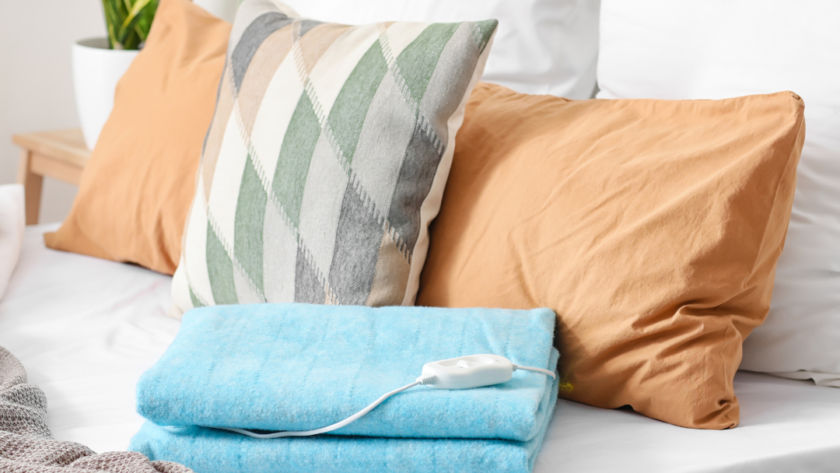I live with chronic back pain 24/7 so it’s a topic I write about often on my blog. A study I came across a few years ago concluded that lower back pain was the leading cause of disability across the globe. When I read it, I also found out that he said backaches affect a vast number of people and are rarely caused by severe medical conditions. Their main factors are stress, bad posture, uncomfortable sleeping, and other lifestyle habits. Fortunately, there are remedies to help us fight this pain, and most of them are quite easy to apply.
Alternate cold and hot therapies
Putting cold and hot packs on your sore area will help soothe the pain and rush the healing process. The cold packs reduce inflammation and act as a local anesthetic: they slow down nerve impulses, so there won’t cause any more pain by twitching. The heat, on the other hand, stimulates the blood flow. I suggest you try various types of heat therapy: hot packs, a heated bath or shower, hot tub sessions, a heating pad, a bottle of hot water, or a heated wrap.
***All images are copyrighted via paid membership at canva.com.

Go for a walk
The first thing people think about when the back pain starts kicking is rest, but specialists say that extended repose could worsen the pain. Despite common belief, walking or easy low-impact aerobic exercises have numerous benefits: they increase the stability of the spine and help oxygen and healing nutrients to reach the affected area.
Get regular massages

Massage therapy is an excellent option because it helps the body release endorphins, the natural hormones which block pain signals from registering with the brain and help alleviate stress, anxiety, and depression, which are all usually associated with chronic back pain.
Sleep well

Lower back pain causes insomnia and other sleeping disorders; lack of adequate sleep will make the pain worse. It’s a vicious cycle that can be broken with the right sleeping habits. The first thing you need is a suitable mattress. Visit a few mattress websites before choosing one and consider these features: medium firmness, good quality innerspring, or memory foam, which, in fact, is seen as the best solution for people with lower back pains.
Adjust your sleeping position
There are a few recommended tricks for those with lower back pain, according to the preferred sleeping position: if you’re a side sleeper, put a pillow between your knees; if there’s a gap between your waist and the mattress, add another small cushion there for support. If you have herniated disk, sleep on your side in the fetal position. If you opt for sleeping on your stomach, place a pillow under your abdomen. If you’re a back sleeper, put the cushion under your knees.
Stimulate your muscles

The abdominal and back muscles have an essential role in supporting your lower spine, but they don’t get enough work-out during a typical day, so you need to target them through specific, simple exercises, which can be performed for 30 minutes every day. They will do wonders for your back.
Train your brain
Pain is not just a sensation. The brain plays a crucial role in how we perceive it, by interpreting pain signals. Specialists can help us develop skills for our minds to reduce or ignore those pain signals. The process takes time, and it’s not simple, but the results are relevant in the long run. I confess I prefer meditation: it aims to achieve the same condition.



